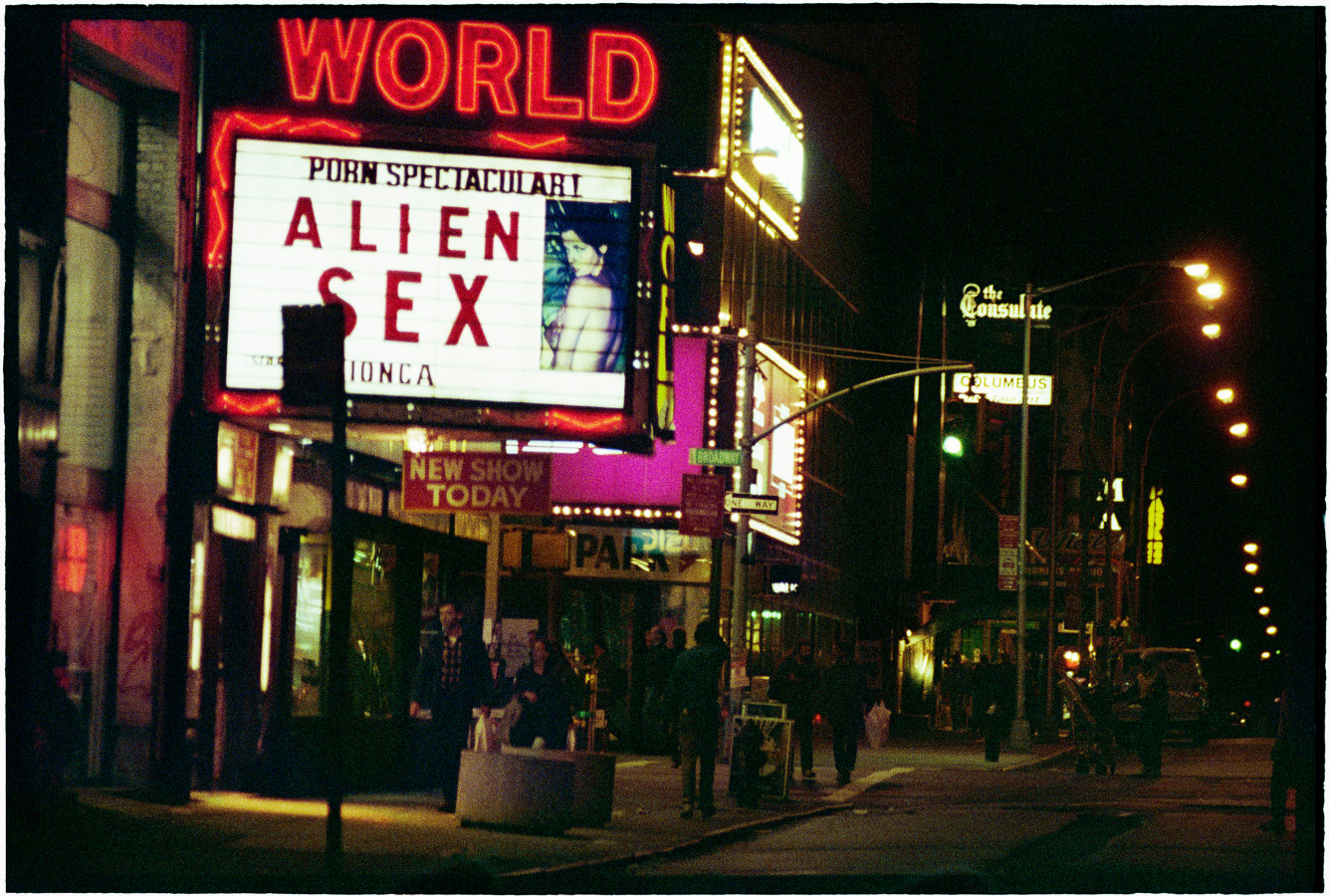
Singapore’s Sentosa Golf Club Is World’s Best And Greenest
“No other club is doing what we’re doing,” says Sentosa’s manager.
Related articles
Andrew Johnston isn’t mincing words. “I want golf to lead on climate change,” says the general manager of Singapore’s Sentosa Golf Club. “Because if we don’t, it could be game over.”
Reports of golf’s environmental credentials aren’t usually positive. The sport has become an ecological punchbag, pilloried for the vast volumes of water and tons of chemicals it uses to keep courses in top condition, particularly in locations where grass doesn’t grow naturally. Deserts in the Middle East, for example.
But if Johnston, who is also Sentosa’s director of agronomy, is to be believed, golf could show the rest of the world how to go green. In fact, he says, it already is.
At the end of October, Sentosa Golf Club was named the world’s best golf club at the World Golf Awards. The gong took into account a number of factors. Hosting an unprecedented six televised tournaments in 14 months clearly helped, as did a focus on growing junior golf. The quality of the club’s two stunning golf courses, particularly Serapong, which is currently ranked at 79 in Golf Digest’s prestigious biannual list of the world’s best tracks, contributed, too. But what tipped it was Johnston’s environmental program. “No other club is doing what we’re doing,” he insists.

Sentosa Golf Club Photo: Courtesy of Sentosa Golf Club
Some of what the club is doing under his leadership is familiar enough. Scrapping single-use plastics and bottled water on golf carts (previously, the club’s golfers had consumed 150,000 bottles of water a year—”that’s 22 Olympic swimming pools,” says Johnston.); using biodegradable plastic bags for dirty clothes; establishing bee colonies (they have four, with plans to increase to 40).
But the clincher was the new agronomy practices he’s introduced. In 2016, Johnston oversaw the redesign of Sentosa Golf Club’s second course, now called New Tanjong. Part of the redesign involved installing six reservoir-water features so the course would become self-irrigating. He’s also introduced biochar, a natural alternative to fungicides and chemical fertilizers that are applied to the courses once a week. “We’re making our plants and grasses healthier so we can reduce the amount of chemicals we use on the course,” he says.
Johnston, who describes himself as an environmentalist, says golf courses do more good than they’re given credit for, and not just his. “It’s not just how much carbon we’re saving,” he says. “Think about how much carbon we’re taking out of the air through photosynthesis.”
His mood darkens when he remembers that a number of Singapore’s courses have either closed recently or are due to shut when government leases run out. Singapore’s reclaimed land can take a decade or two to bed in, and before it can be developed with high-rise buildings the land is sometimes used for recreation activities—such as golf. Raffles Country Club went in 2018 to make way for the Singapore to Kuala Lumpur high-speed rail project, and Johnston expects that the Marina Bay Golf Course, currently the island’s only public course, will soon follow. He’s confident the same fate won’t befall Sentosa, however.

Sentosa Golf Club Photo: Courtesy of Sentosa Golf Club
“It’s sad,” he says. “None of us likes to see these courses close.” Golf in Singapore is already prohibitively expensive. The city-state’s population of 5.5 million now has fewer than 20 courses to choose from, and annual memberships can cost hundreds of thousands of Singaporean dollars. Annual packages for Sentosa’s 1,500 members start from the equivalent of US$185,000 (around A$266,000).
Clearly, Johnston is not your average golf club GM. “People in my position are not normally agronomists, environmentalists and course designers,” he says. “Normally they’re just F&B guys.” As well as New Tanjong, Johnston re-sculpted Serapong 12 years ago, too. He began his career with Arnold Palmer Design Company before working with Gene Bates and former Ryder Cup player Fred Couples. He’s been involved in more than 100 projects around the world and is recognized as one of the leading course designers and voices in the industry today.
Sentosa Golf Club’s two courses will be familiar to fans of professional golf. The SMBC Singapore Open held in January on Serapong is one of the big draws on the Asian Tour and counts Sergio Garcia, Angel Cabrera and Adam Scott as past champions. A number of holes on the course, which was built largely on reclaimed land using sand dredged from Singapore’s harbour, run along the waterfront. The dramatic backdrop of Marina Bay’s skyscrapers and the hulking cranes of Singapore’s bustling port (currently the world’s leading maritime capital) is one of the most iconic sights in world golf. The LPGA Tour’s HSBC Women’s World Championship in February takes place on the New Tanjong and has the bigger purse of the two blue ribband events, offering its field a share of US$1.5 million (A$2.1 million).
Environmental upgrades continue at Sentosa. Five electric charging bays have been installed, with more to come. “In five years’ time, we’re expecting 60 per cent of Singapore’s cars to be electric,” Johnston says. A new ultra-efficient air conditioning system has just gone in, and they’re testing a food waste digester that turns noodles and burgers into a powder that can be used as fertilizer. “It might cost us around US$400,000,” he says. “We get a grant if we go through with it, but that’s not the reason we’re doing it. It’s because it’s the right thing to do.”

Sentosa Golf Club Photo: Courtesy of Sentosa Golf Club
Given his scientific mind and lifetime observing the environment, what’s his take on the long-term health of the planet? “Once we’re past the point of no return?” he asks. “I don’t know. Carbon emissions continue to rise in a way that’s unprecedented in human history. It doesn’t look good. But as I said, I want golf to be a leader in reversing climate change.”
Singapore is not a bad place to start, although the paradox here is that, as Johnston admits, the tropical climate gives him an advantage over say, Dubai. He estimates that 80 per cent of the water he needs to keep his courses in championship condition comes from the atmosphere. Singapore is the world’s 13th wettest country, and half the year is monsoon season. According to government statistics, it rains 167 days a year. But so pioneering are his strategies that he’s now being called on to preach his vision at conferences all over the world.
While we’ve been talking, a wild electrical storm has rolled in off the South China Sea, signalling a course closure that has flooded the covered terrace where we’re sitting with golfers while they cower from the deluge. A wall of rain has engulfed the boats that litter the harbour and so cacophonous are the thunderclaps that they drown out our conversation when they come. “My reservoirs are low at the moment,” says Johnston, a broad grin spreading across his face. “So I hope it does this all afternoon.”
Where to Stay
Sentosa Island, or “The State of Fun” as it calls itself, is Singapore’s recreation capital and riddled with amusement parks, shopping malls and adrenalin experiences. Sentosa Golf Club’s courses are open to the public, although Serapong is closed for maintenance on Mondays. The club has no accommodation, so here are three hotels to base yourself in.
The Barracks Hotel
Opened at the beginning of December, The Barracks Hotel was once a British artillery outpost. It’s now been transformed into a boutique hotel inspired by the golden age of travel.
Capella
Capella hit the headlines in 2018 when it was hired out for the summit between President Trump and North Korea’s Kim Jong-un. The hotel is built around two colonial bungalows that date back to the 1880s.
Rasa Sentosa
The Shangri-La’s family-friendly Rasa Sentosa Resort and Spa is Singapore’s only beachfront hotel. Take a suite with your own private jacuzzi and views out over the South China Sea.
Subscribe to the Newsletter
Recommended for you
The Ultimate Guide to Pairing Wine With Spicy Food
What to drink when your favorite cuisine brings the heat.
Here’s What Goes Into Making Jay-Z’s $1,800 Champagne
We put Armand de Brignac Blanc de Noirs Assemblage No. 4 under the microsope.
By Mike Desimone And Jeff Jenssen
April 23, 2024
You may also like.
You may also like.
8 Fascinating Facts You Didn’t Know About Aston Martin
The British sports car company is most famous as the vehicle of choice for James Bond, but Aston Martin has an interesting history beyond 007.
Aston Martin will forever be associated with James Bond, ever since everyone’s favourite spy took delivery of his signature silver DB5 in the 1964 film Goldfinger. But there’s a lot more to the history of this famed British sports car brand beyond its association with the fictional British Secret Service agent.
Let’s dive into the long and colourful history of Aston Martin.
You may also like.
What Venice’s New Tourist Tax Means for Your Next Trip
The Italian city will now charge visitors an entry fee during peak season.
Visiting the Floating City just got a bit more expensive.
Venice is officially the first metropolis in the world to start implementing a day-trip fee in an effort to help the Italian hot spot combat overtourism during peak season, The Associated Press reported. The new program, which went into effect, requires travellers to cough up roughly €5 (about $AUD8.50) per person before they can explore the city’s canals and historic sites. Back in January, Venice also announced that starting in June, it would cap the size of tourist groups to 25 people and prohibit loudspeakers in the city centre and the islands of Murano, Burano, and Torcello.
“We need to find a new balance between the tourists and residents,’ Simone Venturini, the city’s top tourism official, told AP News. “We need to safeguard the spaces of the residents, of course, and we need to discourage the arrival of day-trippers on some particular days.”
During this trial phase, the fee only applies to the 29 days deemed the busiest—between April 25 and July 14—and tickets will remain valid from 8:30 am to 4 pm. Visitors under 14 years of age will be allowed in free of charge in addition to guests with hotel reservations. However, the latter must apply online beforehand to request an exemption. Day-trippers can also pre-pay for tickets online via the city’s official tourism site or snap them up in person at the Santa Lucia train station.
“With courage and great humility, we are introducing this system because we want to give a future to Venice and leave this heritage of humanity to future generations,” Venice Mayor Luigi Brugnaro said in a statement on X (formerly known as Twitter) regarding the city’s much-talked-about entry fee.
Despite the mayor’s backing, it’s apparent that residents weren’t totally pleased with the program. The regulation led to protests and riots outside of the train station, The Independent reported. “We are against this measure because it will do nothing to stop overtourism,” resident Cristina Romieri told the outlet. “Moreover, it is such a complex regulation with so many exceptions that it will also be difficult to enforce it.”
While Venice is the first city to carry out the new day-tripper fee, several other European locales have introduced or raised tourist taxes to fend off large crowds and boost the local economy. Most recently, Barcelona increased its city-wide tourist tax. Similarly, you’ll have to pay an extra “climate crisis resilience” tax if you plan on visiting Greece that will fund the country’s disaster recovery projects.
You may also like.
Omega Reveals a New Speedmaster Ahead of the Paris 2024 Olympics
Your first look at the new Speedmaster Chronoscope, designed in the colour theme of the Paris Olympics.
The starters are on the blocks, and with less than 100 days to go until the Paris 2024 Olympics, luxury Swiss watchmaker Omega was bound to release something spectacular to mark its bragging rights as the official timekeeper for the Summer Games. Enter the new 43mm Speedmaster Chronoscope, available in new colourways—gold, black, and white—in line with the colour theme of the Olympic Games in Paris this July.
So, what do we get in this nicely-wrapped, Olympics-inspired package? Technically, there are four new podium-worthy iterations of the iconic Speedmaster.

The new versions present handsomely in stainless steel or 18K Moonshine Gold—the brand’s proprietary yellow gold known for its enduring shine. The steel version has an anodised aluminium bezel and a stainless steel bracelet or vintage-inspired perforated leather strap. The Moonshine Gold iteration boasts a ceramic bezel; it will most likely appease Speedy collectors, particularly those with an affinity for Omega’s long-standing role as stewards of the Olympic Games.
Notably, each watch bears an attractive white opaline dial; the background to three dark grey timing scales in a 1940s “snail” design. Of course, this Speedmaster Chronoscope is special in its own right. For the most part, the overall look of the Speedmaster has remained true to its 1957 origins. This Speedmaster, however, adopts Omega’s Chronoscope design from 2021, including the storied tachymeter scale, along with a telemeter, and pulsometer scale—essentially, three different measurements on the wrist.
While the technical nature of this timepiece won’t interest some, others will revel in its theatrics. Turn over each timepiece, and instead of a transparent crystal caseback, there is a stamped medallion featuring a mirror-polished Paris 2024 logo, along with “Paris 2024” and the Olympic Rings—a subtle nod to this year’s games.
Powering this Olympiad offering—and ensuring the greatest level of accuracy—is the Co-Axial Master Chronometer Calibre 9908 and 9909, certified by METAS.

A Speedmaster to commemorate the Olympic Games was as sure a bet as Mondo Deplantis winning gold in the men’s pole vault—especially after Omega revealed its Olympic-edition Seamaster Diver 300m “Paris 2024” last year—but they delivered a great addition to the legacy collection, without gimmickry.
However, the all-gold Speedmaster is 85K at the top end of the scale, which is a lot of money for a watch of this stature. By comparison, the immaculate Speedmaster Moonshine gold with a sun-brushed green PVD “step” dial is 15K cheaper, albeit without the Chronoscope complications.
—
The Omega Speedmaster Chronoscope in stainless steel with a leather strap is priced at $15,725; stainless steel with steel bracelet at $16,275; 18k Moonshine Gold on leather strap $54,325; and 18k Moonshine Gold with matching gold bracelet $85,350, available at Omega boutiques now.
Discover the collection here
You may also like.
Here’s What Goes Into Making Jay-Z’s $1,800 Champagne
We put Armand de Brignac Blanc de Noirs Assemblage No. 4 under the microsope.
In our quest to locate the most exclusive and exciting wines for our readers, we usually ask the question, “How many bottles of this were made?” Often, we get a general response based on an annual average, although many Champagne houses simply respond, “We do not wish to communicate our quantities.” As far as we’re concerned, that’s pretty much like pleading the Fifth on the witness stand; yes, you’re not incriminating yourself, but anyone paying attention knows you’re probably guilty of something. In the case of some Champagne houses, that something is making a whole lot of bottles—millions of them—while creating an illusion of rarity.
We received the exact opposite reply regarding Armand de Brignac Blanc de Noirs Assemblage No. 4. Yasmin Allen, the company’s president and CEO, told us only 7,328 bottles would be released of this Pinot Noir offering. It’s good to know that with a sticker price of around $1,800, it’s highly limited, but it still makes one wonder what’s so exceptional about it.
Known by its nickname, Ace of Spades, for its distinctive and decorative metallic packaging, Armand de Brignac is owned by Louis Vuitton Moët Hennessy and Jay-Z and is produced by Champagne Cattier. Each bottle of Assemblage No. 4 is numbered; a small plate on the back reads “Assemblage Four, [X,XXX]/7,328, Disgorged: 20 April, 2023.” Prior to disgorgement, it spent seven years in the bottle on lees after primary fermentation mostly in stainless steel with a small amount in concrete. That’s the longest of the house’s Champagnes spent on the lees, but Allen says the winemaking team tasted along the way and would have disgorged earlier than planned if they’d felt the time was right.
Chef de cave, Alexandre Cattier, says the wine is sourced from some of the best Premier and Grand Cru Pinot Noir–producing villages in the Champagne region, including Chigny-les-Roses, Verzenay, Rilly-la-Montagne, Verzy, Ludes, Mailly-Champagne, and Ville-sur-Arce in the Aube département. This is considered a multi-vintage expression, using wine from a consecutive trio of vintages—2013, 2014, and 2015—to create an “intense and rich” blend. Seventy percent of the offering is from 2015 (hailed as one of the finest vintages in recent memory), with 15 percent each from the other two years.

This precisely crafted Champagne uses only the tête de cuvée juice, a highly selective extraction process. As Allen points out, “the winemakers solely take the first and freshest portion of the gentle cuvée grape press,” which assures that the finished wine will be the highest quality. Armand de Brignac used grapes from various sites and three different vintages so the final product would reflect the house signature style. This is the fourth release in a series that began with Assemblage No. 1. “Testing different levels of intensity of aromas with the balance of red and dark fruits has been a guiding principle between the Blanc de Noirs that followed,” Allen explains.
The CEO recommends allowing the Assemblage No. 4 to linger in your glass for a while, telling us, “Your palette will go on a journey, evolving from one incredible aroma to the next as the wine warms in your glass where it will open up to an extraordinary length.” We found it to have a gorgeous bouquet of raspberry and Mission fig with hints of river rock; as it opened, notes of toasted almond and just-baked brioche became noticeable. With striking acidity and a vein of minerality, it has luscious nectarine, passion fruit, candied orange peel, and red plum flavors with touches of beeswax and a whiff of baking spices on the enduring finish. We enjoyed our bottle with a roast chicken rubbed with butter and herbes de Provence and savored the final, extremely rare sip with a bit of Stilton. Unfortunately, the pairing possibilities are not infinite with this release; there are only 7,327 more ways to enjoy yours.
You may also like.
Bill Henson Show Opens at Roslyn Oxley9 Gallery
Dark, grainy and full of shadows Bill Henson’s latest show draws on 35 mm colour film shot in New York City in 1989.
Bill Henson is one of Australia’s best-known contemporary photographers. When a show by this calibre of artist opens here, the art world waits with bated breath to see what he will unveil.
This time, he presents a historically important landscape series that chronicles a time in New York City that no longer exists. It’s a nostalgic trip back in time, a nocturnal odyssey through the frenetic, neon-lit streets of a long-lost America.
Known for his chiaroscuro style, Henson’s cinematic photographs often transform his subject into ambiguous objects of beauty. This time round, the show presents a mysterious walk through the streets of Manhattan, evoking a seedy, yet beautiful vision of the city.
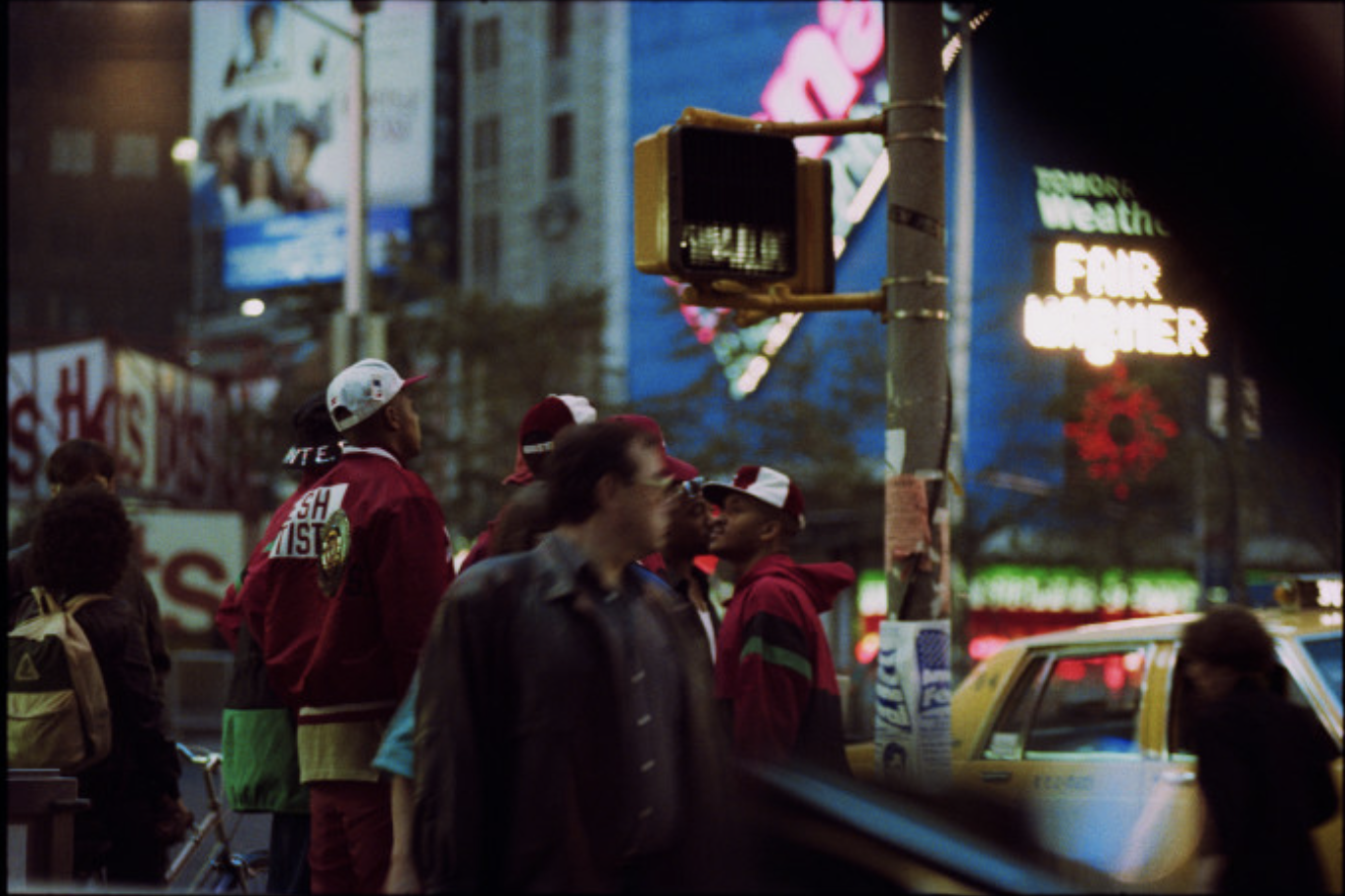
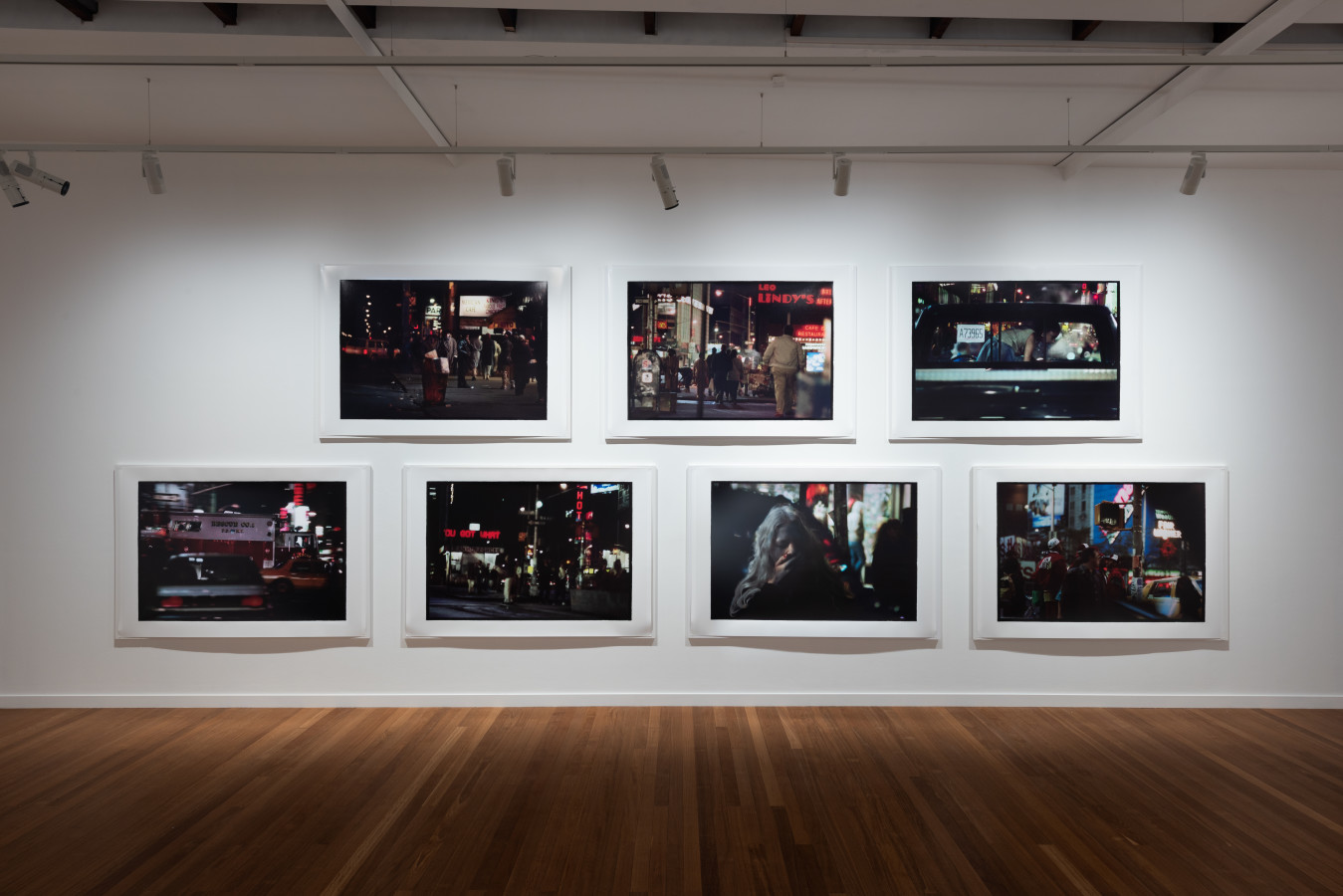
Relying on generative gaps, these landscapes result from Henson mining his archive of negatives and manipulating them to produce a finished print. Sometimes, they are composed by a principle of magnification, with Henson honing in on details, and sometimes, they are created through areas of black being expanded to make the scene more cinematic and foreboding. Like silence in a film or the pause in a pulse, the black suggests the things you can’t see.


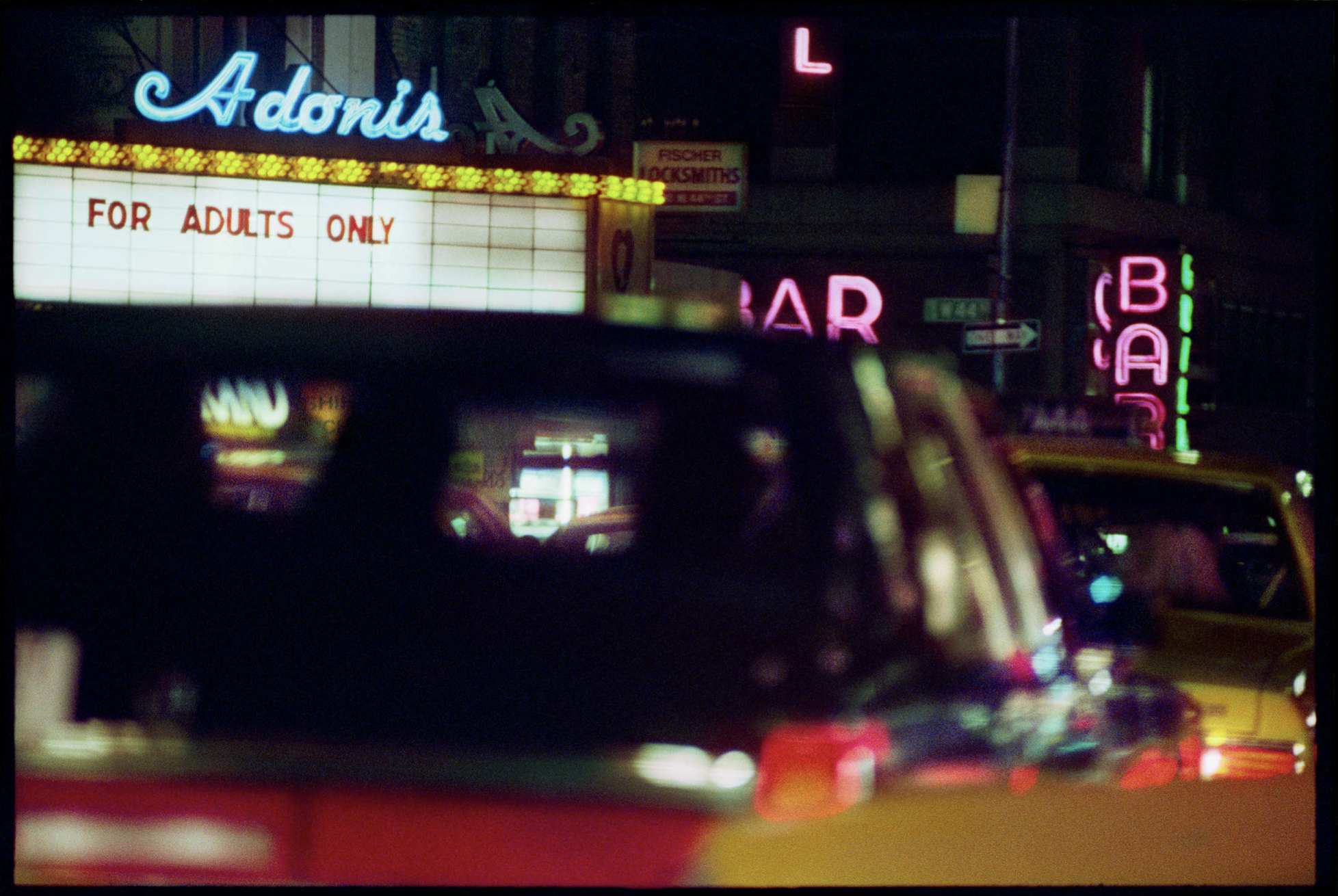
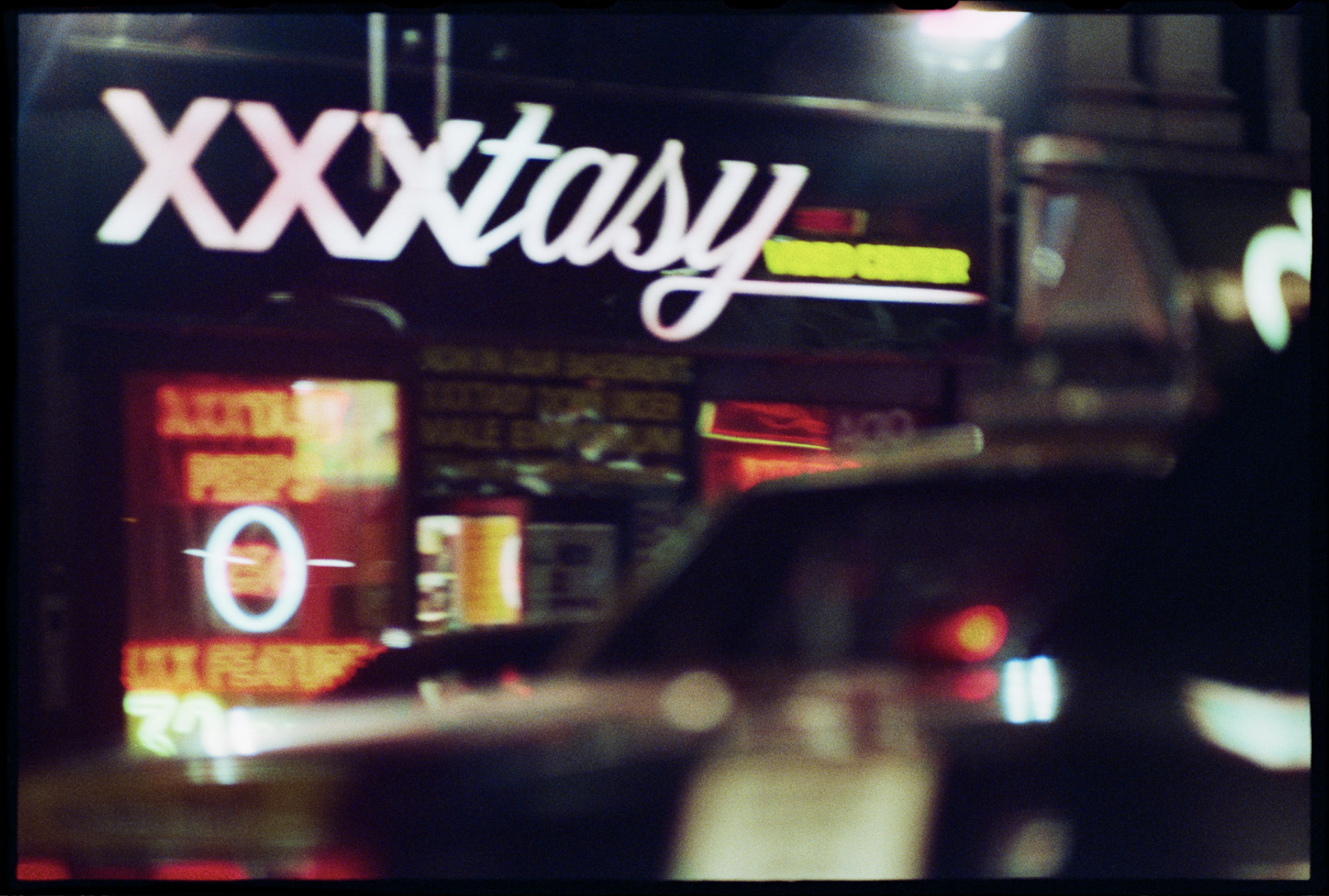
Henson’s illustrious career has spanned four decades and was memorably marred by controversy over a series of nude adolescent photographs shown in 2008, which made him front-page news for weeks. This series of portraits made Henson the subject of a police investigation during which no offence was found.
In recent years, Henson has been a sharp critic of cancel culture, encouraging artists to contribute something that will have lasting value and add to the conversation, rather than tearing down the past.

His work deals with the liminal space between the mystical and the real, the seen and unseen, the boundary between youth and adulthood.
His famous Paris Opera Project, 1990-91, pictured above, is similarly intense as the current show, dwelling on the border between the painterly and the cinematic.
Bill Henson’s ‘The Liquid Night’ runs until 11 May 2024 at Roslyn Oxley9 Gallery.
Roslyn Oxley9 Gallery, 8 Soudan Ln, Paddington NSW; roslynoxley9.com.au






















